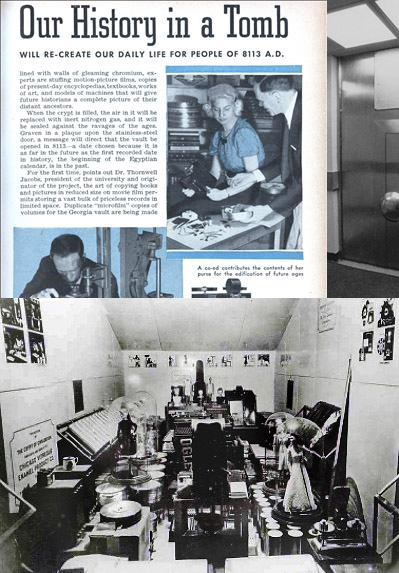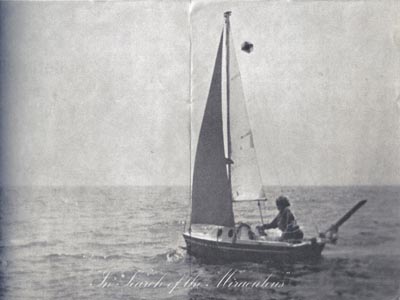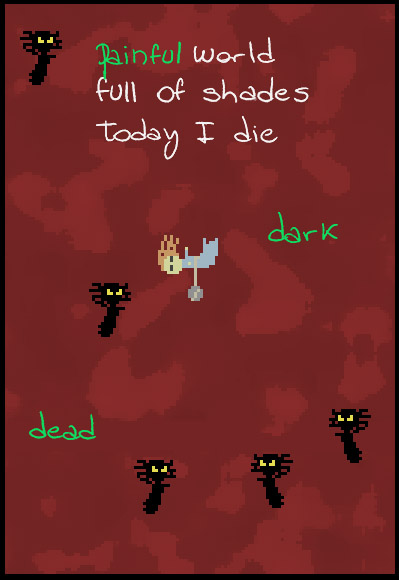
The Crypt of Civilization is an airtight chamber at Oglethorpe University in Atlanta containing books, records, consumer goods and other artifacts. It is scheduled to be opened in the year 8113 C.E..
On May 25, 1940, Jacobs and Peters sealed the crypt in a solemn ceremony that was broadcast by Atlanta’s WSB radio. Some notables present at the ceremony were Dr. Amos Ettinger, Dr. M. D. Collins, Mayor William B. Hartsfield, Ivan Allen, Clark Howell, Governor Eurith D. Rivers, and Postmaster General James A. Farley. They welded the door shut and fused onto it a plaque with a Message to the Generations of 8113 from Jacobs:
“This Crypt contains memorials of the civilization which existed in the United States and the world at large during the first half of the twentieth century. In receptacles of stainless steel, in which the air has been replaced by inert gasses, are encyclopedias, histories, scientific works, special editions of newspapers, travelogues, travel talks, cinema reels, models, phonograph records, and similar materials from which an idea of the state and nature of the civilization which existed from 1900 to 1950 can be ascertained. No jewels or precious metals are included.
We depend upon the laws of the county of DeKalb, the State of Georgia, and the government of the United States and their heirs, assigns, and successors, and upon the sense of sportsmanship of posterity for the continued preservation of this vault until the year 8113, at which time we direct that it shall be opened by authorities representing the above governmental agencies and the administration of Oglethorpe University. Until that time we beg of all persons that this door and the contents of the crypt within may remain inviolate.” (wikipedia)
More: Oglethorpe University’s website for the project contains a complete list of the time capsule’s contents, and Modern Mechanix has some scans of an article about the making of the Crypt from the December, 1938 edition of Popular Science.






